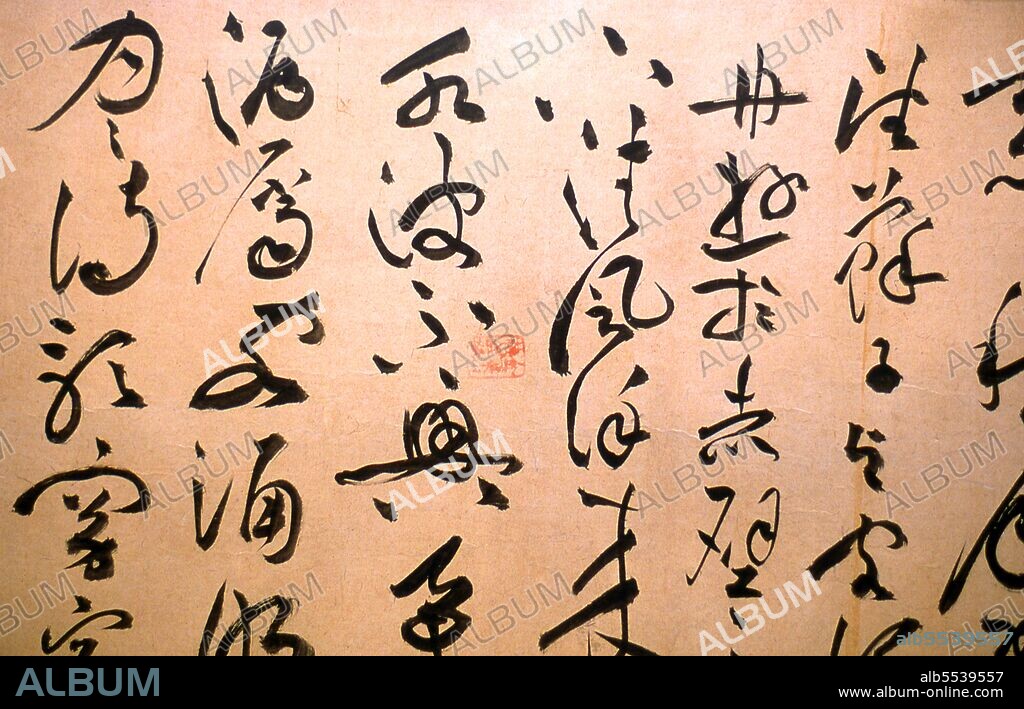alb5539557
China: Caoshu (grass script, first developed during the Han Dynasty 206 BCE-220 CE), Ming Dynasty, Shanghai Museum, Shanghai.

|
Añadir a otro lightbox |
|
Añadir a otro lightbox |



¿Ya tienes cuenta? Iniciar sesión
¿No tienes cuenta? Regístrate
Compra esta imagen

Título:
China: Caoshu (grass script, first developed during the Han Dynasty 206 BCE-220 CE), Ming Dynasty, Shanghai Museum, Shanghai.
Descripción:
Ver traducción automática
Cursive script (simplified Chinese: ??; traditional Chinese: ??; pinyin: caoshu) is a style of Chinese calligraphy. Cursive script is faster to write than other styles, but difficult to read for those unfamiliar with it. It functions primarily as a kind of shorthand script or calligraphic style. Cursive script originated in China during the Han dynasty (206 BCE - 220 CE) through the Jin Dynasty period (266 - 420 CE), in two phases. First, an early form of cursive developed as a cursory way to write the popular and not yet mature clerical script. Faster ways to write characters developed through four mechanisms: omitting part of a graph, merging strokes together, replacing portions with abbreviated forms (such as one stroke to replace four dots), or modifying stroke styles.
Crédito:
Album / David Henley/Pictures from History/Universal Images Group
Autorizaciones:
Modelo: No - Propiedad: No
¿Preguntas relacionadas con los derechos?
¿Preguntas relacionadas con los derechos?
Tamaño imagen:
5100 x 3266 px | 47.7 MB
Tamaño impresión:
43.2 x 27.7 cm | 17.0 x 10.9 in (300 dpi)
 Pinterest
Pinterest Twitter
Twitter Facebook
Facebook Copiar enlace
Copiar enlace Email
Email
